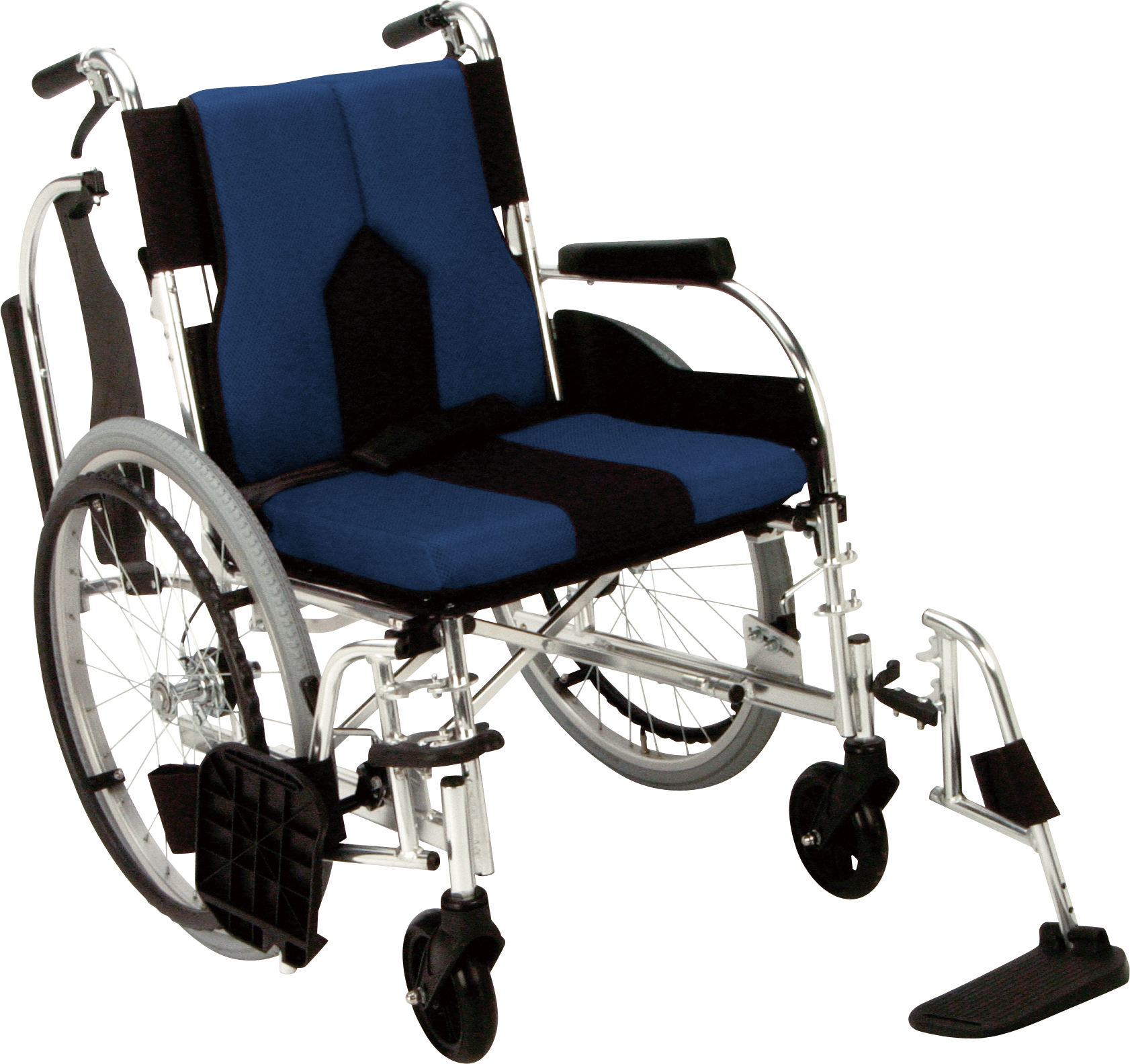Manual wheelchairs play a crucial role in enhancing the mobility and independence of individuals with limited mobility. However, navigating accessibility challenges remains a significant concern. Addressing these challenges is essential to promote inclusivity and equal participation for all:
- Infrastructure Accessibility: Many public spaces lack proper accessibility features such as ramps, widened doorways, and elevators, making it challenging for manual wheelchair users to navigate them.
- Uneven Surfaces: Uneven terrain, gravel pathways, and poorly maintained sidewalks can impede wheelchair mobility, requiring extra effort to navigate.
- Obstacles and Barriers: Physical obstacles like curbs, stairs, and narrow passages can create barriers that limit the movement of manual wheelchair users.
- Limited Public Transportation: Inadequate accessible public transportation options hinder independent travel for manual wheelchair users, limiting their ability to reach various destinations.
- Access to Buildings: Some buildings have entrances that are not wheelchair accessible, preventing users from accessing services, workplaces, and recreational spaces.
- Lack of Awareness: Lack of awareness about wheelchair accessibility often leads to discrimination and exclusion, making social interactions challenging.
- Advocacy and Awareness: Raising awareness about the importance of wheelchair accessibility and advocating for inclusive infrastructure are key to driving change.
- Collaboration with Authorities: Collaborating with local authorities, urban planners, and businesses can drive the implementation of accessible design and infrastructure.
- Inclusive Design: Incorporating universal design principles in architectural and urban planning ensures that spaces are accessible to everyone, regardless of mobility.
- Technology Solutions: Leveraging technology, such as navigation apps that highlight wheelchair-accessible routes, can assist manual wheelchair users in finding accessible paths.
Addressing accessibility challenges requires a concerted effort from governments, businesses, and the community at large. By advocating for and implementing accessible design and infrastructure, we can create a more inclusive and equitable environment for manual wheelchair users.














